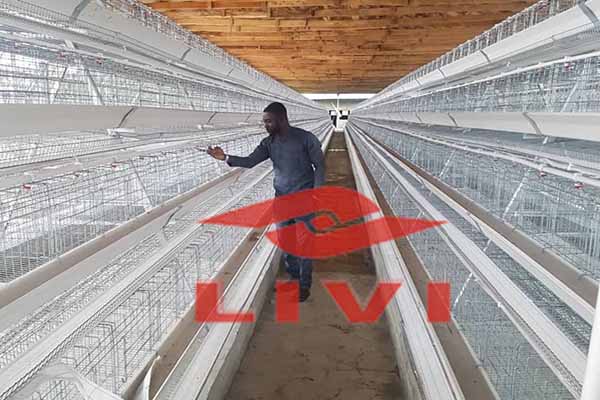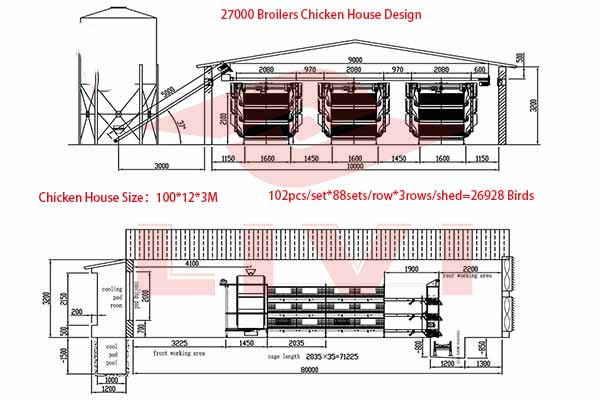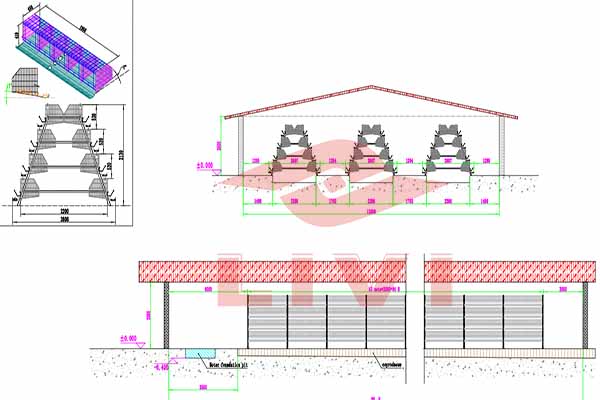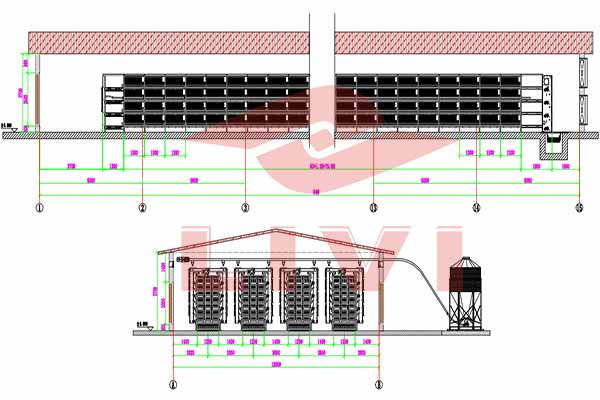Poultry Water Line System for 300,000 Chickens in Uganda: A Comprehensive Guide
In the rapidly growing poultry industry in Uganda, the efficient management of water supply is crucial for the health and productivity of 300,000 chickens. A well-designed poultry water line system ensures a continuous and hygienic water supply, contributing to the overall success of the farm. In this article, we delve into the key aspects of a poultry water line system for a 300,000-chicken farm in Uganda.
Key Components of a Poultry Water Line System
- Water Source: A reliable water source, such as a well or a spring, is essential. It should be able to provide a consistent supply of clean water to meet the demands of the flock.
- Pump Station: A pump station is required to move water from the source to the farm. It should be equipped with a reliable pump and control systems to ensure efficient water flow.
- Piping System: The piping system should be made of high-quality, durable materials like HDPE or PPR to withstand the conditions in the farm. The pipes should be designed to prevent clogs and leaks.
- Valves and Fittings: Proper valves and fittings are necessary for controlling the flow of water and for maintenance purposes.
- Water nipples: Water nipples are the primary drinking points for the chickens. They should be installed at the correct height and spacing to ensure easy access for all birds.
- Monitoring and Maintenance: Regular monitoring and maintenance of the system are crucial to detect and address any issues promptly.
Design Considerations for a 300,000-Chicken Farm
The design of a poultry water line system for a 300,000-chicken farm requires careful planning to ensure optimal performance. Here are some important considerations:
- Water Demand: Calculate the daily water demand for the chickens based on their age, size, and the ambient temperature.
- System Layout: Plan the layout of the system to ensure easy installation and maintenance. Consider the layout of the chicken houses and the placement of water tanks and reservoirs.
- Pressure and Flow Rate: Design the system to provide the required pressure and flow rate at the nipples to ensure a constant water supply.
- Redundancy: Incorporate redundancy in the system to prevent downtime in case of equipment failure.
Benefits of an Efficient Poultry Water Line System
| Aspect | Benefits |
|---|---|
| Health | Reduces the risk of waterborne diseases |
| Productivity | Ensures consistent water supply, promoting better growth and egg production |
| Cost-Effectiveness | Reduces water waste and maintenance costs |
| Reliability | Ensures uninterrupted water supply throughout the year |
Implementing a well-designed poultry water line system can significantly improve the overall efficiency and profitability of a 300,000-chicken farm in Uganda.

Contact Us for a Free Poultry Farm Design and Equipment Quote
Are you planning to set up a 300,000-chicken farm in Uganda? LI<img src="http://www.qualitychickenfarm.com/wp-content/uploads/2025/11/cost-to-build-a-chicken-house-in-kenya.jpg ” alt=”inserted image”>VI Mechanical offers comprehensive solutions for poultry water line systems. Contact us today to get a free, no-obligation design and equipment quote.
” alt=”inserted image”>VI Mechanical offers comprehensive solutions for poultry water line systems. Contact us today to get a free, no-obligation design and equipment quote.
Email: [email protected] | Phone: +256 700 000 000




